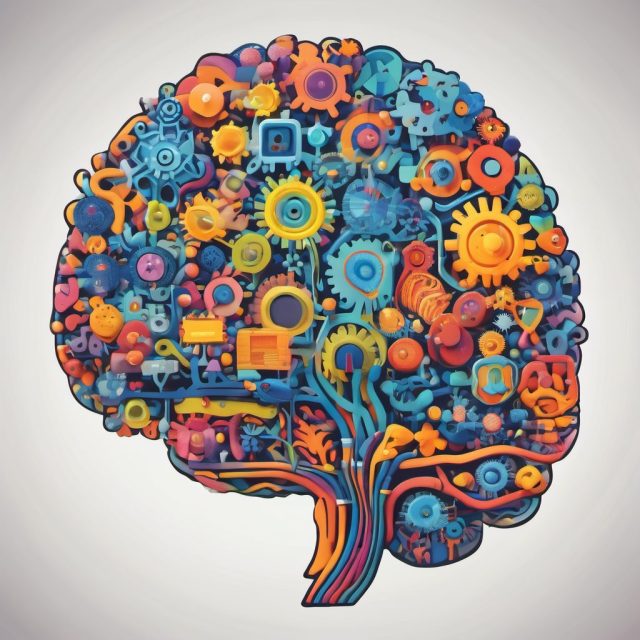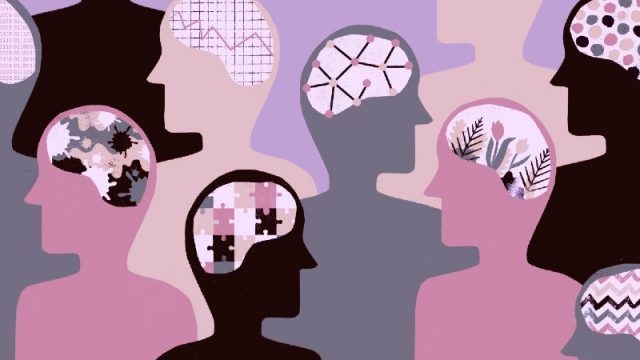Neurodiversity and Learning to Read

Ever wondered about the incredible differences between a dyslexic brain and a neurotypical brain? Let’s dive into the uniqueness and explore why traditional phonics may not always be the perfect fit for dyslexic learners.
Brain Wiring Magic:
Dyslexic Brain: The dyslexic brain is wired uniquely, often with differences in the way it processes language and symbols. It’s a brain full of creative and out-of-the-box thinking!
Neurotypical Brain: Neurotypical brains follow more conventional pathways in processing language, making phonics a straightforward approach.
Visual-Spatial Superpowers:
Dyslexic Brain: Dyslexics often excel in visual-spatial thinking, seeing the bigger picture rather than getting caught up in details.
Neurotypical Brain: Neurotypicals might lean more towards sequential and detail-oriented thinking, aligning well with phonics instruction.
Phonics Challenges:
Dyslexic Brain: Traditional phonics instruction may pose challenges as dyslexics may struggle to connect sounds to symbols due to their unique brain wiring.
Neurotypical Brain: For neurotypical learners, phonics can be an effective and intuitive way to decode words.
Alternative Approaches:
Recognizing the diverse strengths of dyslexic learners, alternative methods like multisensory and holistic approaches often prove to be more effective.
Embracing creativity, visual aids, and engaging activities can tap into dyslexic strengths, making learning a dynamic and enjoyable process.
Celebrating Differences:
Let’s celebrate the diversity of brains and learning styles! Dyslexia is not a barrier but a unique lens through which individuals navigate the world.
By understanding and accommodating these differences, we create inclusive spaces where every learner can thrive.
In the quest for literacy, let’s explore the myriad ways dyslexic brains shine and champion innovative, tailored approaches that honor neurodiversity!









